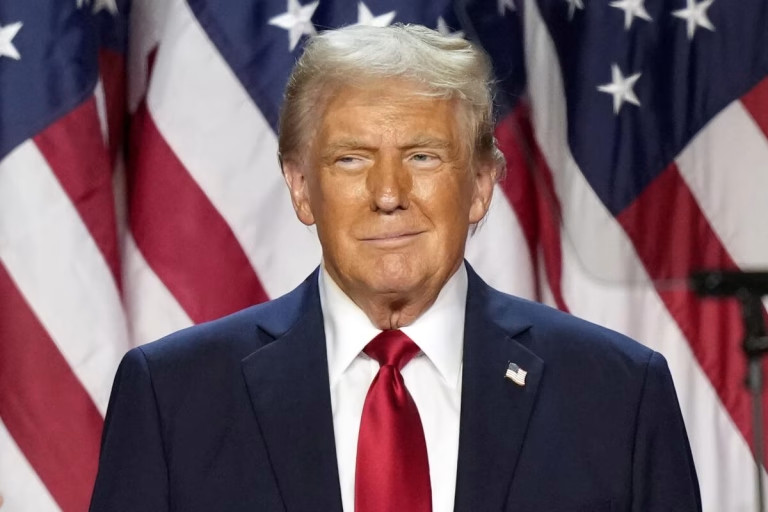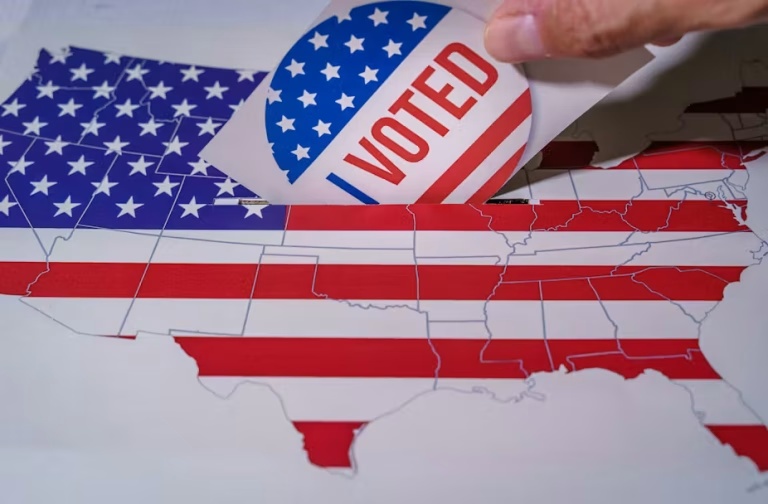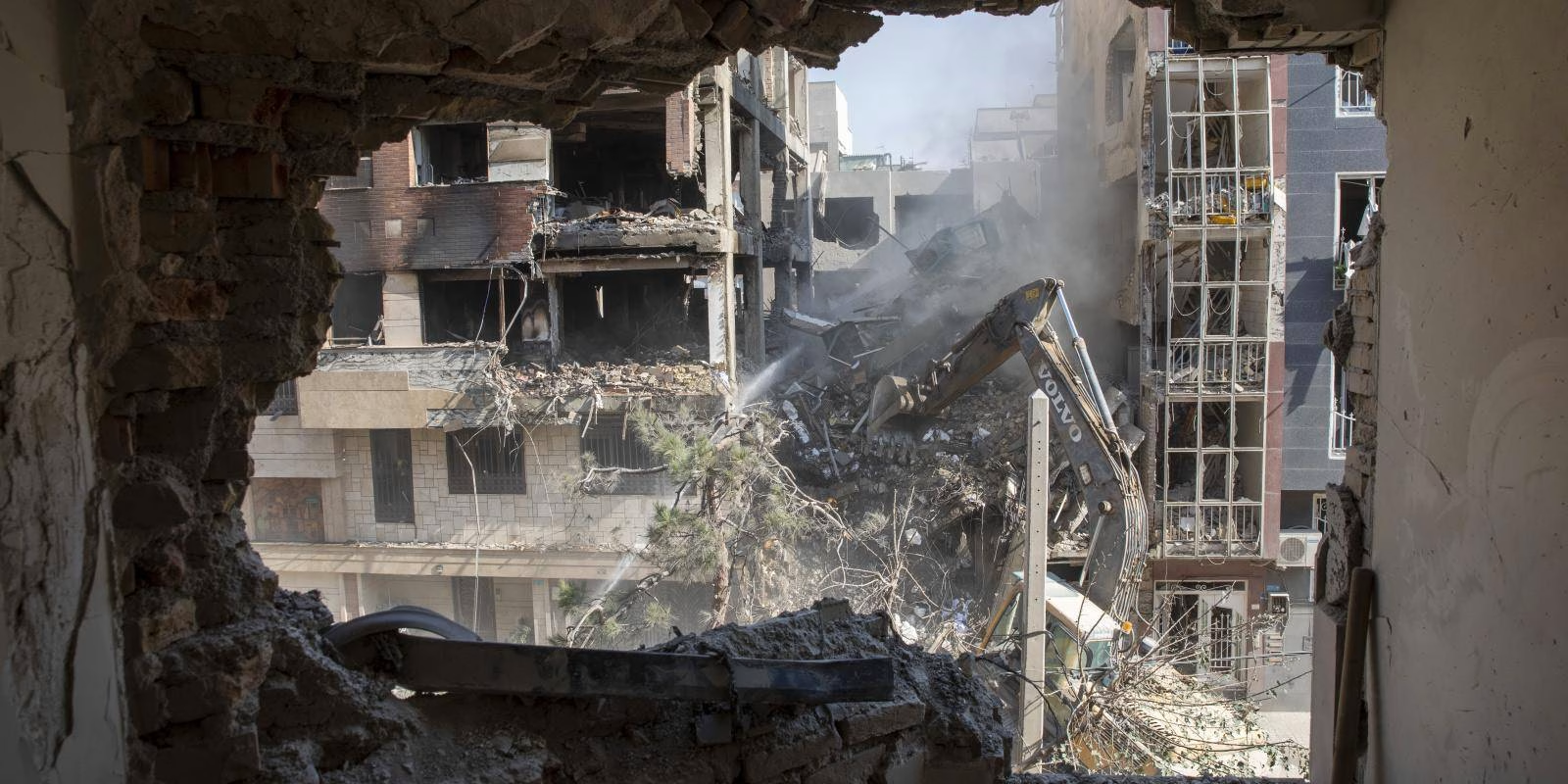
Israel-Iran conflict splits US and MAGA movement, and Trump goes from hawk to peacemaker in quick succession
Trump’s “escalation for de-escalation” has turned to chaos. While the White House was celebrating “victory” over Iran, intelligence whispered a report on nuclear site remediation months in advance. At the same time, Congress was demanding Trump’s impeachment, and gasoline risked skyrocketing in price to $5 a gallon. Netanyahu and Khamenei declared their triumph and the only loser in the situation risked being the American president himself.
“Libya Syndrome” White House
In the Middle East, the confrontation between Israel and Iran boiled down to a simple pattern: Benjamin Netanyahu sought to destroy Iran’s nuclear facilities (his image of victory) and, ideally, to provoke a coup in Tehran. For Iran, victory was to avoid this particularly unlikely second scenario by proving its resilience to an aggressive enemy. The protracted exchange of blows could last for months, and the only force capable of untangling this knot was the U.S., which suffered from what was happening no less than the two warring countries, and “for nothing”.
But the situation was getting more complicated, and in the first week Trump hesitated to choose a strategy. His administration was haunted by the “Libyan trauma” of failed interventions in the Middle East, especially Libya, where the chaos after 2011 had scared even the Iranian opposition away from regime change. Republicans recognized that the Libyan experience complicated negotiations over Iran’s and DPRK’s nuclear programs.
US intelligence feared that destabilizing Iran would bring even more radical anti-Western forces to power, possibly linked to Istanbul, creating a dangerous alliance between the two major countries. Although the Israeli lobby demanded a change of power in Tehran for populist purposes, the US considered the long-term risks, including for Israel itself.
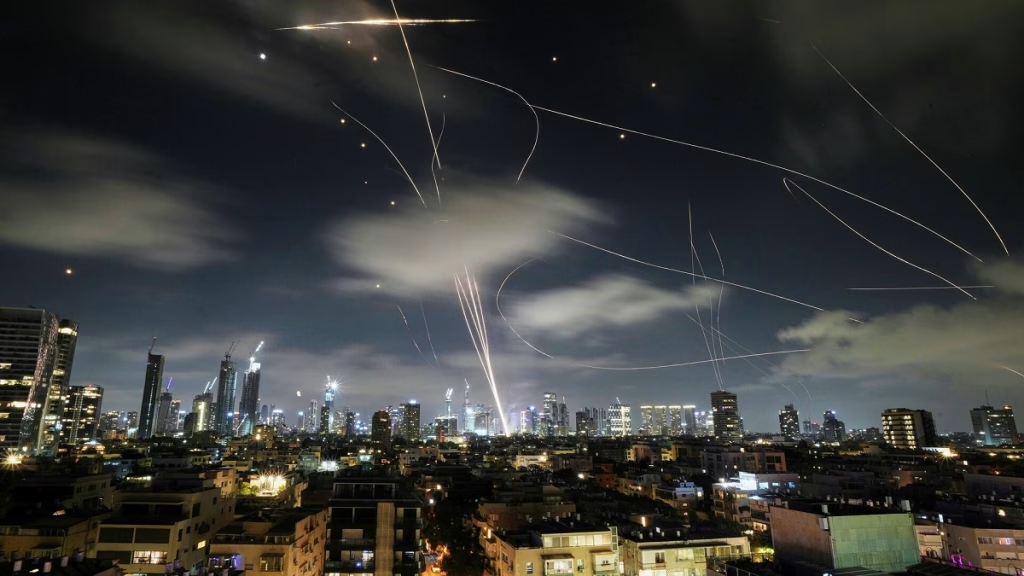
For Trump, the “Libyan factor” was also personal: the consequences of the war in Libya and the Benghazi massacre in 2012 undermined Hillary Clinton’s position, which he successfully used in 2016, criticizing the failed interventions. Now the American electorate, suffering from “post-traumatic stress syndrome,” was pressuring his team to avoid escalation. Despite pressure from hawks, Trump did not want to repeat the fate of Bush Jr. and Obama, whom he viewed as negative examples.
Part of Trump’s team distanced itself from the Middle East crisis. Vice President J.D. Vance, an isolationist, went to Los Angeles, declaring victory over migrant unrest and promising an army to quell riots in liberal states. He had to balance support from the MAGA electorate with loyalty to Trump, having previously advocated de-escalation in the Middle East. Vance staked out a domestic agenda, contrasting favorably with Gavin Newsom (governor of California), who went into hiding during the turmoil.
The crisis also hit US allies. Taiwan was left without defense: three aircraft carrier groups left for the Persian Gulf, Red Sea and Eastern Mediterranean, and China stepped up pressure by sending 50 planes to the island. Taipei feared the US would abandon it due to overstretched military resources. However, the hawks got their way: on June 22, Trump struck Iran (6 GBU-57 bombs and 30 Tomahawk missiles), calling it a “victory” but offering negotiations. The attack was cautious – the Pentagon was conserving resources (a third of its stockpile of heavy bombs was used). It was reminiscent of the symbolic strike on Syria in 2017, but the stakes are higher now.
The strike exacerbated divisions in Washington:
- Democrats demanded impeachment for going to war without congressional approval;
- Isolationist Republicans accused Trump of violating the Constitution.
The White House, trying to save face, claimed an “escalation to de- escalate” strategy, but a protracted conflict threatened Trump with the fate of Bush Jr. and defeat in congressional elections.
Gasoline, Bombs and Election Risks
Iran’s shelling could also open a front of confrontation between the White House and Congress, as many lawmakers in both houses of Congress are unhappy that they were not put on notice in advance. Only the leadership of the two parties knew about the launch of the attack on Iran. The left faction of the Democrats may well submit articles of impeachment against Trump in the near future, although it is unrealistic to start impeachment proceedings at the moment, because the Republicans control both the House of Representatives and the Senate. However, the topic of impeachment may well be used by the Democratic Party as a campaign issue in the 2026 congressional elections.
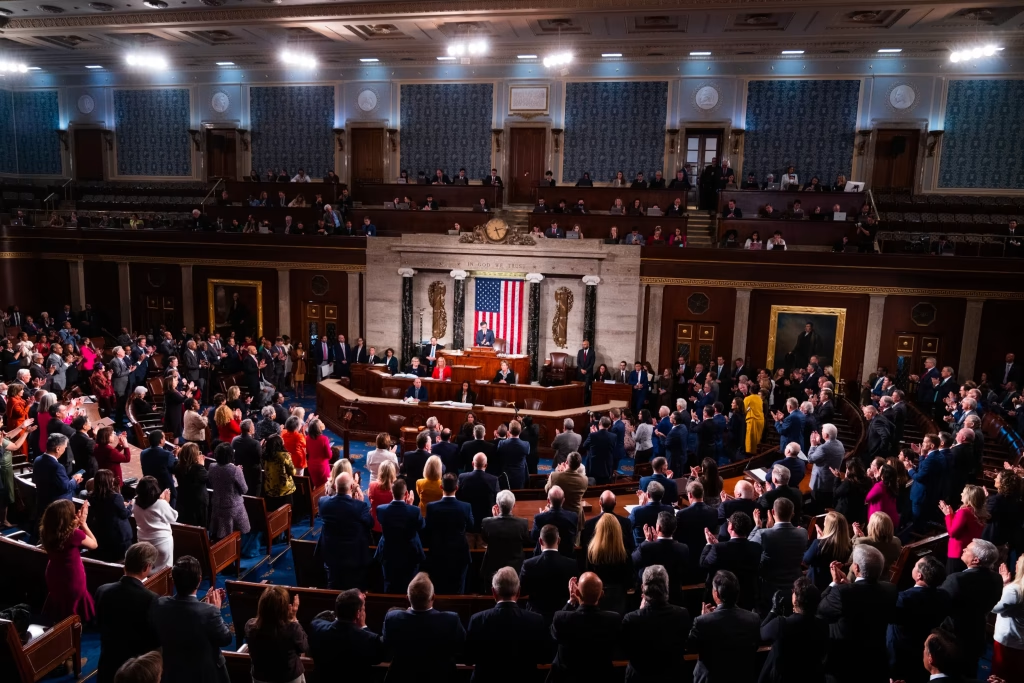
The Democrats were counting on the conflict with Iran to undermine Trump’s ratings, but even now only 35-37% of Americans support his Middle East policy. The White House has sought to impose a deal on Iran, but congressional and public pressure could rise sharply in the event of a protracted conflict.
Washington also fears the closure of the Strait of Hormuz. Iran, realizing the risks and under pressure from Qatar and China, has so far refrained from this move, but has signaled to the US that escalation is possible. The threat of an oil shock had the Trump administration literally begging Tehran not to block the strait. Saudi Arabia and the UAE can divert some supplies to bypass Hormuz, but Iraq, Bahrain, Kuwait and Qatar are denied that option. For the world economy, closing the strait is a disaster: 21 million barrels of oil and 10 billion cubic meters of gas daily. Wall Street predicts prices will jump to $130 a barrel, hitting China, the EU, Japan and other countries.
For the US, the consequences will be painful, too. Despite Trump’s calls to increase production, 7-10% of Saudi oil still goes to the US market. Rising prices would trigger an energy crisis like the one in 2022, when gasoline rose to $5 a gallon and inflation approached 3%. Then Biden’s rating collapsed to 30%, and Trump risks repeating his fate – the electorate does not forgive the sharp rise in fuel prices. In addition, the Fed forecasts stagnation with GDP growth of about 1% in 2025, and an oil shock could push the economy into recession. These risks have Trump’s team floundering between threats and negotiations – the current escalation threatens to bring down not only his administration, but Republicans as a whole.
MIGA-mania: populism instead of politics
Because of this uncertainty, Trump’s statements about a possible regime change in Iran caused a real rift in Washington. All the “hawks” supported him again, Lindsey Graham even launched the slogan MIGA (“Make Iran Great Again”), hinting at the restoration of the Shah’s power. His former advisor John Bolton came out in support of Trump, even though he had a long-standing falling out with him. But everyone realized that these were just hardware games of populism, and no one would invade Iran because there was neither the strength nor the capability to do so.
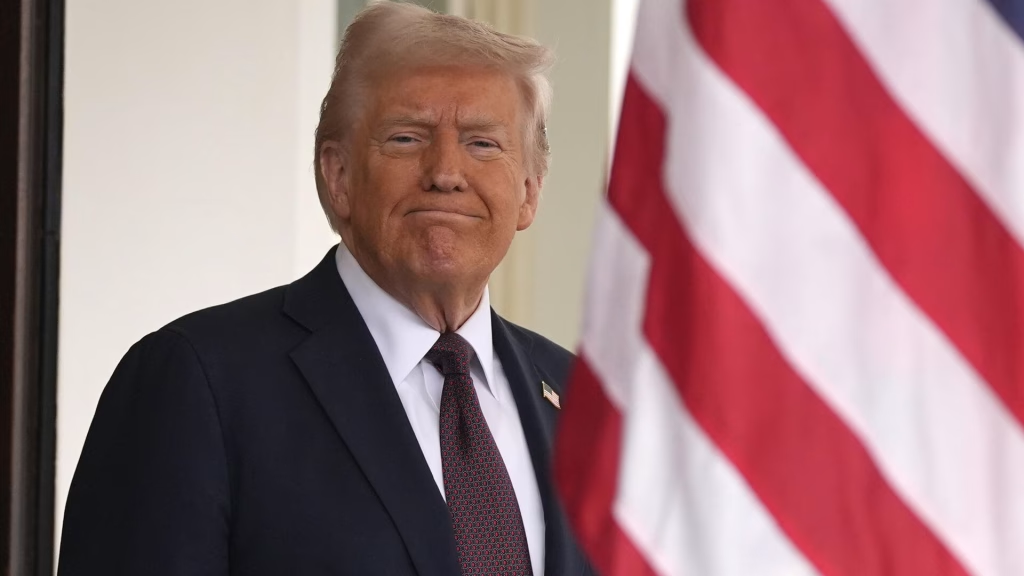
It is also problematic to destabilize Iran from within, because against the background of external threats there is a rallying effect around the flag, although the Iranian opposition has become very active, and Reza Pahlavi, the heir to the Shah’s dynasty, is constantly making comments on Trump’s favorite Fox News channel and wants to get to the throne with the help of American weapons. However, strategists in Washington are well aware that even in case of unlikely success of a hypothetical military operation, a guerrilla war in Iran would be similar to the same in Afghanistan, only tenfold. Therefore, statements about regime change are perceived as an attempt to strengthen the US negotiating position and pressure on Iran, and they have been greeted unequivocally negatively by many in America.
Isolationists in the Republican camp continued to violently rebel against Trump, and the left, in the form of Bernie Sanders, began to hold the first anti-war rallies in the vein of what they had organized immediately after the 2003 invasion of Iraq. Even in the White House itself, many, including JD Vance, were not in favor of regime change, and yet all feared Iranian retaliation after a US attack. If the conflict dragged on, a united front of Trump’s opponents would be more likely to try to bring about “regime change” in Washington than in Tehran, albeit through more peaceful political means.
As a result, the first anti-war protests broke out on both sides of the Atlantic, and in the US they were led by a coalition of disparate left-wing forces called ANSWER (Act Now to Stop the War and Destroy Racism), which calls for the impeachment of Trump and Netanyahu for going to war with Iran. The UK had its own Stop The War Coalition, which has been organizing protests since the Iraq war, with up to a million protesters last year, and is demanding sanctions on Israel and an end to military support for the operation against Iran.
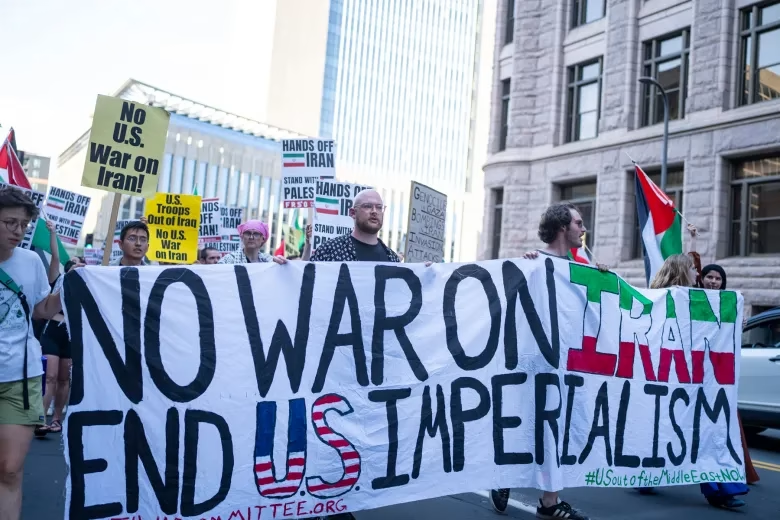
But British Labor’s decision to declare Palestinian Action a terrorist movement after the action at Brize Norton airbase sparked a wave of protests. Despite a ban on rallies outside Parliament, thousands of people took to the streets of London, and public opinion tilted in their favor – most Britons don’t want to be drawn into the Middle East conflict. Harsh measures will only undermine the ratings of Labor, which came to power promising loyalty to the Muslim community. Critics also point to the airbase’s lax security and London’s inability to influence the situation in the region.
Meanwhile, Iran launched a symbolic strike on a US base in Qatar, the Pentagon’s command center in the Middle East. Gen. Erik Kurilla, the base’s head and a hardliner against Tehran, will soon resign, but the incident was a blow to the US reputation. Iran gave advance warning of the attack, following the logic of “escalation for de-escalation”, and the White House, as in 2020, chose not to respond.
Trump was trapped: further escalation threatened to divide the country and increase anti-war sentiment, and backing down only reinforced the narrative of his indecisiveness (TACO, “Trump always chickens out”). The Pentagon had already spent billions, and the threat of an oil shock remained. The State Department had to ask China to restrain Iran from blocking the Strait of Hormuz, a humiliating tactic for Washington. Democrats in Congress doubted that strikes on Iran’s nuclear facilities were effective, and the public opposed a new war. Under such circumstances, any decision by Trump carried political risks.
The Persian puzzle of American politics
However, having again turned its aspirations 180 degrees, the Trump team rushed to enter the peacekeeping part of the “escalation for de- escalation” regime, and immediately after Iran’s symbolic strike on the US Central Command base in Qatar, the White House announced a truce, and Trump also paradoxically thanked Iran for the warning about the shelling, which allowed the evacuation of personnel. The situation in 2020 with the assassination of General Soleimani and the strikes on US bases in Iraq was repeated in all its glory, and now much depended on the further dynamics of unofficial negotiations on the nuclear program, although the White House announced in advance about complete victory and peace.
It needed to restrain centrifugal processes inside America and to prevent oil prices from soaring further, because in the US itself many people had already started to go crazy, and a scandal broke out around a left-wing Georgetown University professor who called on Iran to bomb US bases. Now this college is headed for the list of those to be stripped of their federal grants, as the White House now fears and the threat of terrorist attacks inside the US due to the destabilization of the Middle East.
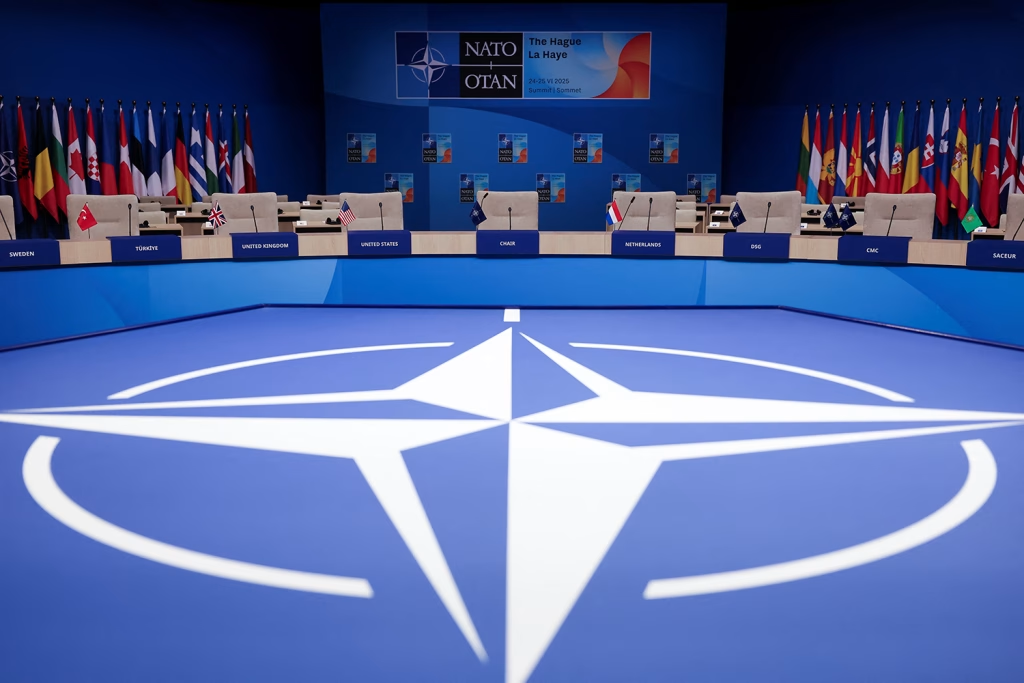
The FBI rates the terrorist threat level in America as the highest since 9/11, and the risk primarily comes from “sleeper cells” of potential migrant terrorists, many of whom entered America under Biden. The Supreme Court approved to mass deportation of illegals to third countries, although Democrats tried to block it, and Trump’s team will try to put the fight against migration back on the agenda, which is much closer to the MAGA electorate.
The White House literally tried to keep the shaky truce between Iran and Israel in manual mode, because Trump cannot lose face in front of the whole world, including European elites, who were waiting for the American president at the NATO summit in The Hague. With Netanyahu, who, even after the cease-fire, launched several strikes against Iran and became the object of criticism of the American president, Trump’s relations with him could quickly deteriorate again. Trump has not forgotten how Netanyahu in 2020 was one of the first world leaders to run to congratulate Biden on his victory without waiting for court rulings and recounts in key states.
In addition, Israel could still hold elections in 2026, and there Trump’s team has options to support Netanyahu’s opponents, such as Benny Gantz, the leader of the white-blue coalition, which the incumbent fears is sinking into militarism and disobedience to Washington. For now, Trump urgently needs to present himself as a “peacemaker” who first dramatically raised the stakes and then just as dramatically arranged the promised de- escalation. The White House even engaged in a new conflict with the US intelligence community, and it all happened because representatives of US.military intelligence were very skeptical about the consequences of strikes on Iran’s nuclear facilities, because they can be restored in just a couple of months, and the damage is quite moderate.
At the same time, Trump’s team publicly exudes confidence in the complete destruction of Iran’s nuclear program, although behind their backs they made goodwill gestures to Tehran. Divergence from the intelligence agencies’ assessments could be a reason to start a new wave of purges of all those who disagree with Trump, so we should expect rapid dismissals of intelligence officers who did not like the strikes on Iran.
At the NATO summit, the White House presented everything that happened as a realization of the Trump Doctrine, which consists of unpredictability and simultaneous use of diplomacy with military force to achieve its goals. This strategy will be advertised in advance even if Trump ultimately fails to force Iran to give up its nuclear program. Trump was able to show a certain picture of success in the Middle East during his visit to Europe, but it will be harder to sell it to the electorate inside America. In recent polls, Trump’s approval ratings have fallen to 40%. Less than a third of Americans supported strikes on Iran, while 46% opposed them.
The Israeli-Iranian conflict is splintering the US and the MAGA movement, and Trump has gone from hawk to peacemaker in a hurry, but despite all the tricks, events have damaged his image. At the same time, Iran’s supreme leader declared Tehran’s victory over Israel at the end of the conflict, and the Israelis did the same. And apparently, despite all the farce, they really became a kind of winners against Trump, and Netanyahu and Khamenei, unlike the US president, strengthened their authority and gained the trust of their own citizens.
